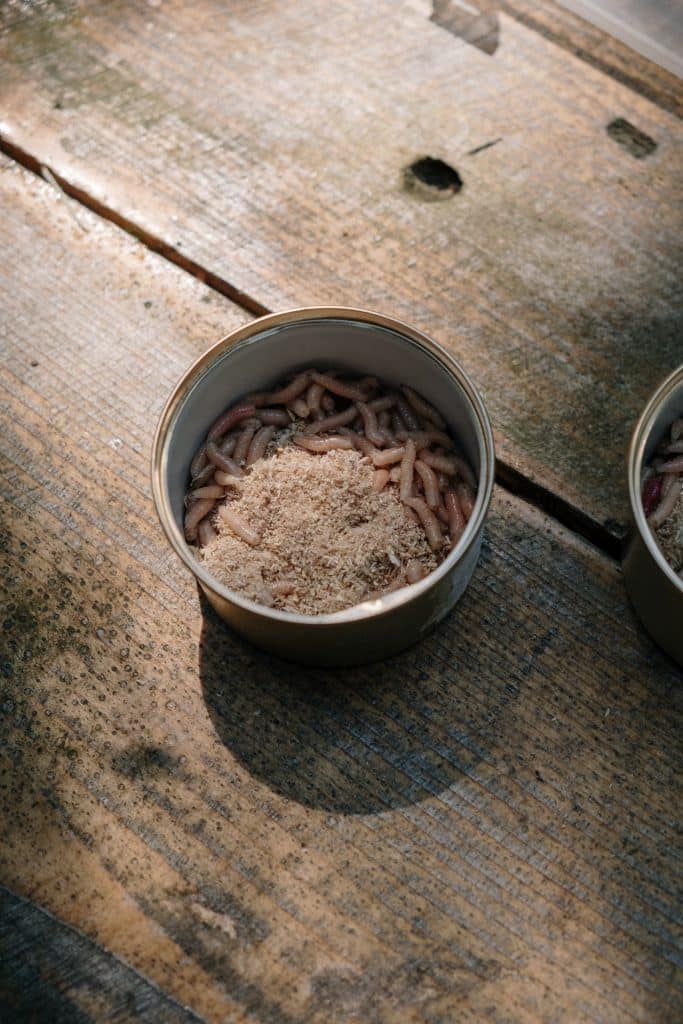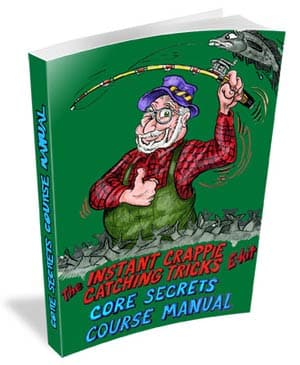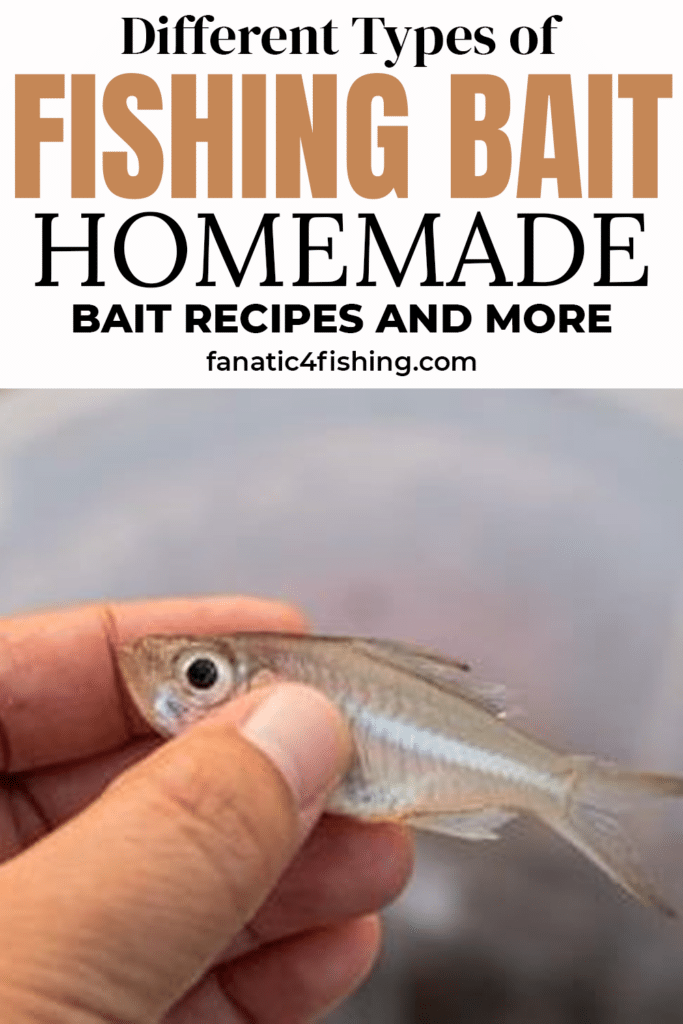Lures on the market today come in countless shapes, sizes, and actions to give specific presentations at varying depths. Many anglers tend to overlook other forms of fish catching bait and get caught in the magic lure hype. Live bait and other forms of bait that don’t fit into the manufactured lure category are arguably some of the best baits to catch fish of all species. Let’s dive into the fishing bait topic.
Types of Fishing Bait
Fishing Bait From Store
There is a wide variety of “natural” baits on the market today. Most of the baits in this category are directed towards species such as carp, catfish, trout, and even pike.
Fish Bait Pellets, Boilies Fishing Bait
Some examples of baits in this category could be mass-produced boilies and pellets for carp, this bait comes in so many flavors that it will make your head spin, from pineapple banana crayfish, coconut, bloodmeal, and any other combination you can think of.
Catfish Fishing Bait
Catfish baits are similar to that of carp, and can range in flavor, though most are more natural flavors and stray away from the wide variety of carp bait, with chicken liver flavors and scents probably being the most popular.
Trout Fishing Bait
Even with trout you can find bait on the market that aren’t lures or flies. These are similar to carp and catfish bait and come in pellet form as well as a dough form for you to roll your own baits into balls and place on hooks. Modern variants of this paste or dough even have glitter mixed into it.
Predatory Fish Bait
Mass Produced bait for other predatory fish like pike are typically what was once live bait. Pre-packaged and preserved live bait for predatory species like pike, bass and others come in many forms like shad, herring, emerald shiners, or suckers. These baits are about as close as you can get to the real thing or live bait, because it is the real thing, its just not alive anymore.
Homemade Fish Bait
Many anglers prefer to make their own bait instead of buying it from a store or company. The process can range from simple to complex depending on the type of bait you wish to make.
Prices pulled from the Amazon Product Advertising API on:
Product prices and availability are accurate as of the date/time indicated and are subject to change. Any price and availability information displayed on [relevant Amazon Site(s), as applicable] at the time of purchase will apply to the purchase of this product.
Many anglers make their own catfish bait by simply taking chicken liver and slapping it on a hook, they might also make a super potent and smell concoction into a paste that appeals to catfish, and even more yet might catch other species of fish like bullheads, and cut them up to be used as cut bait.
The same applies to carp angling as with catfish angling. Many carp anglers around the world make their own boilies and pellets. Doing this yourself means you can make them the exact shape that you want, and the flavor combination choices are seemingly endless.
Live Bait

The king of all bait, lures, homemade, store bought, it doesn’t matter, if you have live bait you have the best.
Why is live bait the best? Well, the answer to that is simple, live bait doesn’t have to attempt to imitate anything, it’s 100% natural. If you’re using live bait in a body of water that has that species, you can’t do anything wrong in terms of bait selection, now it’s up to the bait’s location and whether the target fish has an appetite.
Obviously live bait comes in many forms and some species excel at catching other species. Chubs, rosy reds, lake shiners, suckers, river shiners, nightcrawlers, red worms, wax worms, wigglers, leeches. Theres no shortage of live bait at any given baitshop, though some might be seasonal.
You can even catch your own live bait, and as a kid many of us used to do or still do just that. Frogs can be caught on a river bank to catch smallmouth bass, digging for nightcrawlers or picking them up after dark on the roads after it rains, throwing out minnow traps for minnows and crayfish, heck I’ve even dug for worms to use for catching suckers that I then use as musky bait in the fall, you don’t always have to buy your bait.
Catching Live Bait
Catching live bait can be done instead of purchasing it from a bait shop, all you need is a few tools to get the job done.
Minnow/crayfish traps are a great way to catch live minnows to use to catch fish like crappies, walleyes, pike, or any type of species. Simply put in some bait of some sort which can be anything from food scraps to dog food and check it every couple of days to empty any bait that may have been caught.
There are many brands of minnow and crayfish traps on the market to choose from, we recommend the trap produced by Frabill, it is a well-built trap that will last you a lifetime, or the Omni Magic minnow trap, which has a very modern design.
- Frabill | Trusted By Anglers Since 1938
- Heavy-duty, vinyl-dipped steel mesh construction battles open water to help you land healthy, wild crawfish
- Black color provides camouflage
- Saltwater & Freshwater Tested
Prices pulled from the Amazon Product Advertising API on:
Product prices and availability are accurate as of the date/time indicated and are subject to change. Any price and availability information displayed on [relevant Amazon Site(s), as applicable] at the time of purchase will apply to the purchase of this product.
- Uses 8 solid steel bar bracket, so that the net could stay strong
- Durable and High Quality Fishing Net Cage
- Special Zipper Design easy to put bait and take out the fish, crab, lobster and crawfish
- 93 * 93cm large fishing net with 8 holes.
Prices pulled from the Amazon Product Advertising API on:
Product prices and availability are accurate as of the date/time indicated and are subject to change. Any price and availability information displayed on [relevant Amazon Site(s), as applicable] at the time of purchase will apply to the purchase of this product.
Worm Farm for Fishing
You could also start a compost worm farm, this will ensure you have an ample supply of worms or nightcrawlers whenever you need them, and you will never have to do much digging other than the enclosed farm packed with bait.
- Advanced version of worm compost bin, it comes with standard 5 trays, additional trays can be added.
- A new component named M-board to increase air-flow for better compost efficiency and save worms
- A new component named V-board and a piece of coconut fiber are built in the air-vented lid odor removal, moisture control and fruit fly control
- A set of ant-trap is included to prevent ants invading to the worm bin, base and liquid tray form into one piece to eliminate part assembling
Prices pulled from the Amazon Product Advertising API on:
Product prices and availability are accurate as of the date/time indicated and are subject to change. Any price and availability information displayed on [relevant Amazon Site(s), as applicable] at the time of purchase will apply to the purchase of this product.
When catching fish to use as bait, be sure to check your local or state regulations. To prevent the spread of harmful diseases and viruses like VHS from one body of water to the other, or to prevent the spread of invasive species that are detrimental to native water environments, in many places you may only be allowed by law to fish the bait in the same body of water from which you caught it, and transferring caught bait to other bodies of water is not only illegal but can be devastating to our lakes and rivers.
When and Where to Use Different Fish Baits
When and where to use certain baits is a complex topic that comes with years of experience on the water. It could come down to not only the type used but the size of the bait, or the fish might key in on one type of live bait over the other, and this can change on a weekly, daily, or even hourly basis.
Best Live Bait for Bass Fishing
Bass might prefer frogs in the lily pads one day, but might prefer leeches or a big nightcrawler the next. Some days they might key in on any of them if they are in an aggressive feeding mood.
The same could be said for fish like crappies, and this is particularly the case when ice fishing. They might key in on rosy red minnows or natural small minnows one day and then reject them the next and only eat wigglers or wax worms.
The bottom line on the question on when and where to use different baits is that you as an angler need to experiment to see what the fish want on any given day out on the water.
After you have experimented for years as an angler, chances are you can make an educated guess based on the season, day, and weather conditions to dictate what type of bait you should use.
Tips for Catching Crappie
If you want to learn how to catch crappie, we found this great Catching Crappie Secrets E-Kit by Dan Eggertsen to be really useful.

Fishing Bait – Conclusion
You don’t always have to buy that expensive, new, and hyped topwater, crankbait or other lures on the market to catch fish. In many cases they are meant to catch your sale more than they are able to catch fish. Sometimes all you need to do is grab a shovel, a coffee can, and dig up some worms for a productive day on the water.











